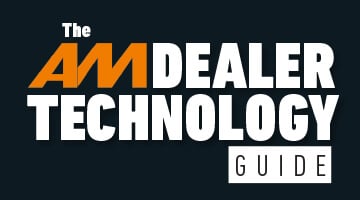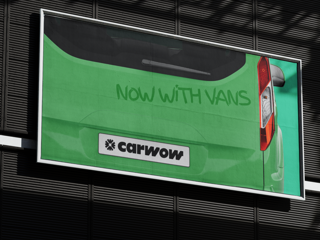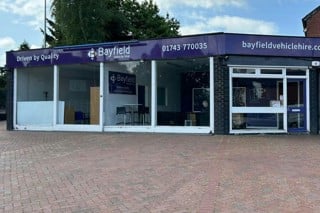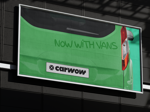The Motor Ombudsman is overhauling its Codes of Practice - and at the heart of the shake-up is a clear message to car dealers: it’s time to take responsibility for explaining the ever-growing tech under the bonnet and behind the dashboard.
From lane-keeping assistance to over-the-air software updates, it fears that many drivers simply don’t understand modern intelligent systems. The newly updated Codes, approved by the Chartered Trading Standards Institute, will now formally require dealerships and garages to inform customers what these systems do - and what they don’t.
It’s no longer enough to hand over the keys and say good luck, insists Bill Fennell, TMO chief ombudsman and managing director which is now urging dealers to make sure buyers know what their car is capable of so they can use the technology safely.
“What we’re trying to do is bring the Codes up to date with the way the automotive sector is going,” Fennell told AM. “With all the advanced driving systems now coming into place, we are trying to encourage dealers and garages to inform consumers about what these features do and what their responsibilities are when driving the vehicle.”
According to Fennell, the way sellers explain modern vehicle features hasn’t kept pace.
“We’ve already had cases,” he noted, “where a specific consumer didn’t want a particular feature in their new car, and actually, there was nothing the manufacturer or the dealership could do about it.
"So when they’re talking about the spec of the car, dealers must let people know what are the features of the advanced driving systems a specific car has, how you operate them, and - if possible - how to turn them on or off.”
“We’ve had other cases where drivers were shocked to find features in their car they didn’t want or didn’t know how to use. That’s just not good enough in 2025. Dealers must clearly explain what’s included, whether it can be turned off, customised - or not.”
The challenge is especially acute for used car retailers selling multiple makes and models. TMO acknowledges that they won’t know every system inside out but says it expects them to signpost customers to handbooks, manufacturer websites, or online videos resources at a minimum.
With many vehicles receiving remote updates that can alter functionality overnight, TMO says drivers also need to understand what’s happening when those messages display on the dashboard.
“Most of the over-the-air updates will ask you, ‘Do you want to do the update now?’ or ‘We’re going to do it overnight.’ Here, it’s really about letting consumers know what these messages are, that there’s nothing to worry about because someone might worry someone may be trying to hack their vehicle.”
The Code refresh also comes at a time of wider change. With digital retail models growing, TMO warns that new car customers are often unclear about who they’re actually buying from.
TMO’s updates aim to clarify this, laying out who’s responsible for what in the sales process - especially when things go wrong.
Fennell stressed that with change comes confusion, and the Codes have been adapted to provide clarity: “We need to make clear to the consumer - if they’re buying a new car - who are they buying it from? Whose ultimate responsibility is it?”
With over 7,500 accredited businesses already signed up to the existing Codes, TMO said it hopes the updates reflect structural shifts in the market and help the consumer by streamlining guidance, referring retailers to the Financial Ombudsman where relevant.
“By providing clarity and consistency, we’re equipping businesses to succeed and helping customers feel confident in the decisions they make,” said Fennell.
The updated Codes also offer greater clarity around service plans, roadside assistance, and various types of warranties, including paint protetion. In addition, the revised framework now addresses the growing popularity of GAP insurance and alloy wheel coverage, helping businesses maintain transparency in these areas.




















Login to comment
Comments
No comments have been made yet.